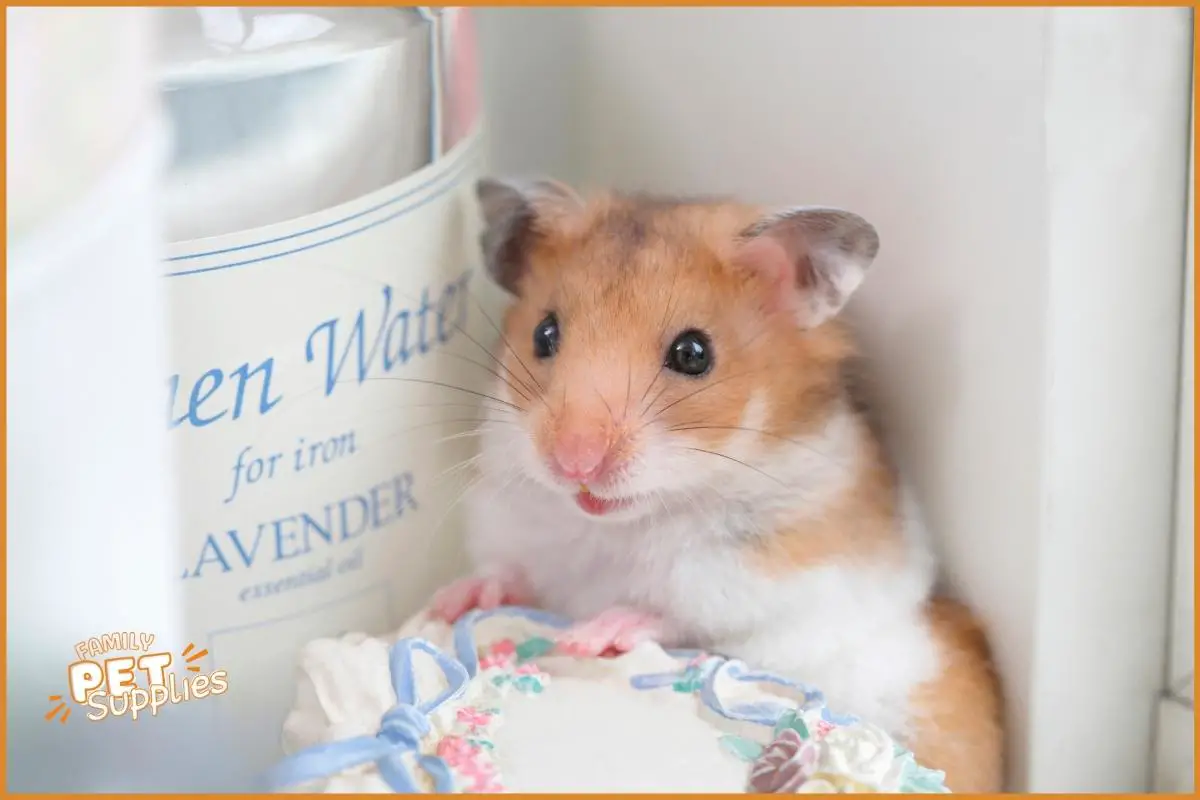Hamsters may go into hibernation during colder months, usually late fall to early spring, although this is more common in wild hamsters than those in captivity. Domestic hamsters kept in stable environments are less likely to hibernate. If your hamster does enter hibernation, consult a veterinarian for guidance.

Key Takeaways
- Hibernation duration varies based on species, temperature, and food availability
- Hibernation is a survival mechanism in wild hamsters during colder months
- Factors like food availability and habitat temperature influence hibernation length among hamster species
- Domestic hamsters are less likely to hibernate compared to wild hamsters
Factors Affecting Hamster Hibernation
If you want to understand the factors influencing hamster hibernation, it’s important to consider their natural instincts and environmental conditions.
Two significant factors that affect hamster hibernation are the duration of hibernation and the impact of diet on hibernation patterns.
The duration of hibernation can vary depending on various factors such as the species of hamster, the temperature, and the availability of food. Some hamsters may hibernate for shorter periods, while others may hibernate for longer durations.
Additionally, the diet of a hamster can have a direct impact on its hibernation patterns. A healthy and balanced diet, rich in nutrients, can help regulate the hibernation cycle and ensure proper energy storage for the hamster during the hibernation period.
Therefore, understanding these factors can play a crucial role in maintaining the health and well-being of your pet hamster.
Natural Hibernation Patterns in Wild Hamsters
During the colder months, wild hamsters naturally go into hibernation. This is a common behavior observed in their natural habitat.
Hibernation is a survival mechanism that helps wild hamsters conserve energy and cope with the harsh winter conditions. When hibernating, their body temperature drops significantly, their heart rate slows down, and their metabolic rate decreases. This allows them to conserve energy and survive on limited food resources.
However, hibernation can have negative effects on hamster health if not properly managed. Prolonged hibernation can lead to a weakened immune system, weight loss, and even death.
It’s important to provide proper care and support for hamsters that hibernate, ensuring they’ve a warm and quiet environment to minimize the risks associated with hibernation.
Differences in Hibernation Among Hamster Species
The hibernation patterns of different hamster species can vary. Each species has its own unique adaptations when it comes to hibernation. One key difference is the duration of hibernation. Some hamster species may enter hibernation for a few days or weeks, while others can hibernate for several months.
The length of hibernation is influenced by factors such as the availability of food and the temperature of their habitat. Hamsters have evolved to survive in harsh conditions by conserving energy during hibernation. They lower their body temperature, heart rate, and metabolism to a minimum, allowing them to survive with limited resources.
Understanding these differences in hibernation among hamster species is important for their proper care and well-being in captivity.
Signs and Symptoms of Hamster Hibernation
Sometimes, your hamster may exhibit signs and symptoms of hibernation, indicating that it has entered a state of low activity and reduced body functions. Hibernation in hamsters can be triggered by various causes, such as a drop in temperature or changes in the surrounding environment.
When a hamster goes into hibernation, it may appear unresponsive, with decreased breathing and heart rate. Its body temperature may also drop significantly.
The duration of hamster hibernation can vary, lasting anywhere from a few hours to several days. It’s important to note that domestic hamsters kept in stable environments are less likely to hibernate compared to their wild counterparts.
If you suspect your hamster is hibernating, it’s crucial to consult a veterinarian for guidance and proper care.
How to Prevent Hamster Hibernation in Captivity
To prevent hamster hibernation in captivity, ensure that you maintain a stable and warm environment for your pet.
Unlike wild hamsters, domestic hamsters kept in stable environments are less likely to enter hibernation.
Start by setting the temperature in your hamster’s habitat between 65 to 75 degrees Fahrenheit (18 to 24 degrees Celsius).
Avoid placing your hamster’s cage near drafts or in areas with fluctuating temperatures.
Use a heating pad or lamp, but make sure it’s positioned away from your hamster’s bedding to prevent burns.
Additionally, provide ample bedding to help insulate your hamster’s home and keep it warm.
Regularly check the temperature and adjust as needed to ensure your hamster remains comfortable and active throughout the year.
Understanding the Role of Temperature in Hamster Hibernation
Maintaining a consistent and warm temperature is crucial for preventing hamster hibernation. Understanding the role of temperature in hamster hibernation is essential for their well-being. Hamsters are highly sensitive to changes in temperature, and colder temperatures can trigger their natural hibernation patterns.
In the wild, hamsters may enter hibernation during colder months as a survival mechanism. However, domestic hamsters kept in stable environments with regulated temperatures are less likely to hibernate. It’s important to provide your pet hamster with a warm and cozy habitat to prevent hibernation.
Make sure to keep their living space at a consistent temperature between 65 to 75 degrees Fahrenheit. By maintaining a warm environment, you can help your hamster stay active and healthy throughout the year.
Seeking Veterinary Assistance for Hibernating Hamsters
If your hamster goes into hibernation, it’s important to seek veterinary assistance for proper guidance. Veterinary advice is crucial to ensure the health and well-being of your hibernating hamster.
Hibernation is a natural behavior for some hamsters during colder months, but it can be dangerous if not properly managed. A veterinarian can provide valuable insight and help determine if your hamster is truly hibernating or experiencing a health issue.
They can also offer advice on how to safely warm up your hamster and bring it out of hibernation if necessary. Remember, hibernating behavior shouldn’t be taken lightly, and seeking veterinary assistance is the best course of action to ensure the safety of your furry friend.

